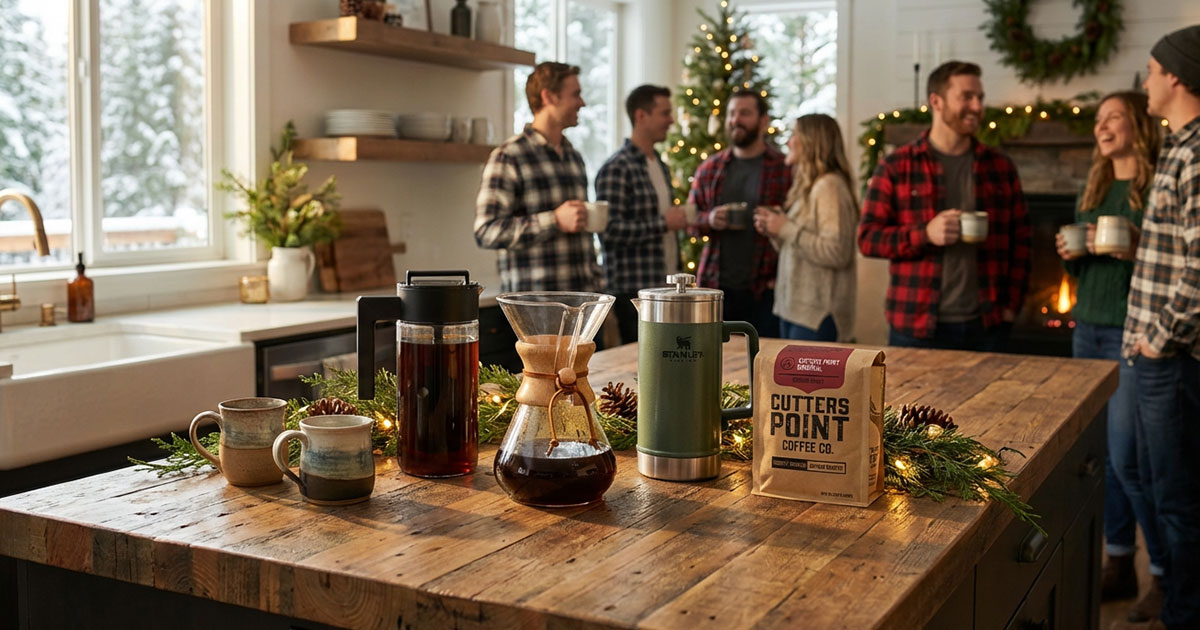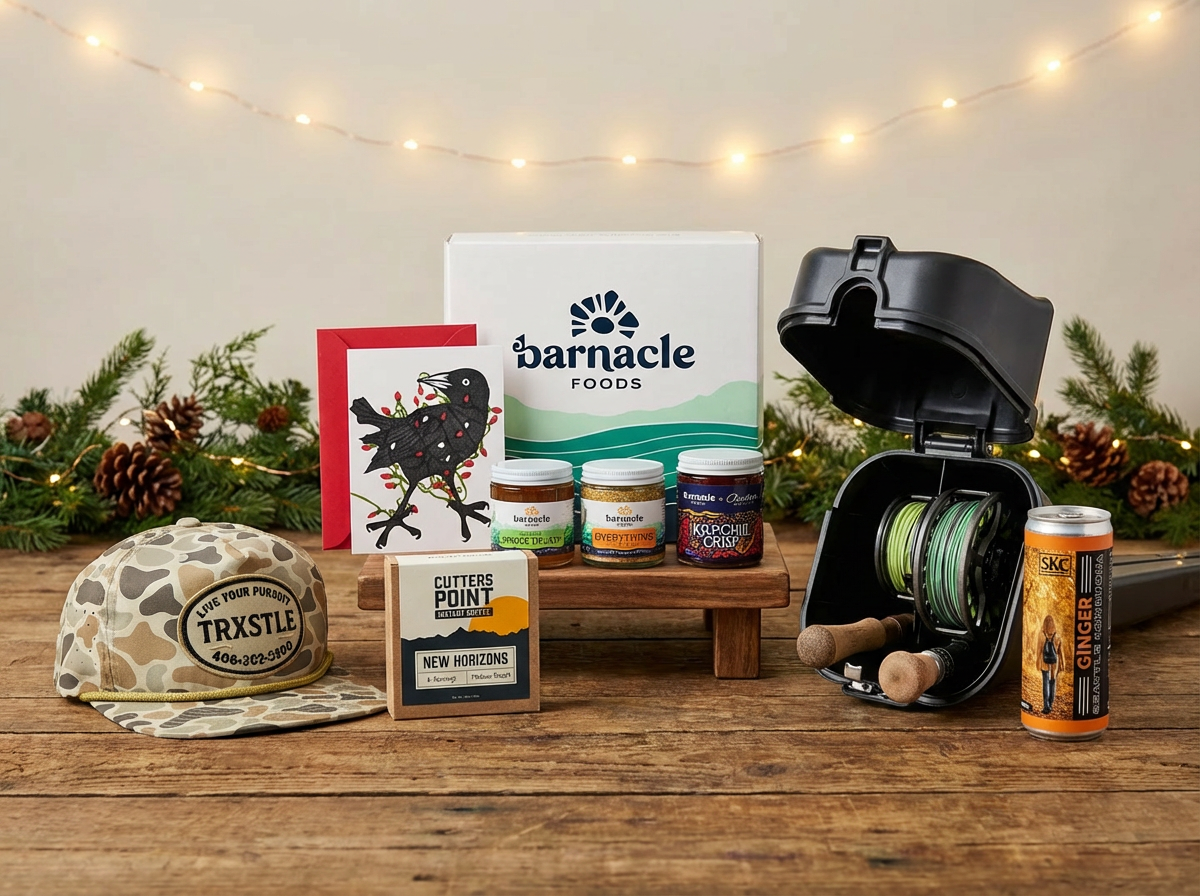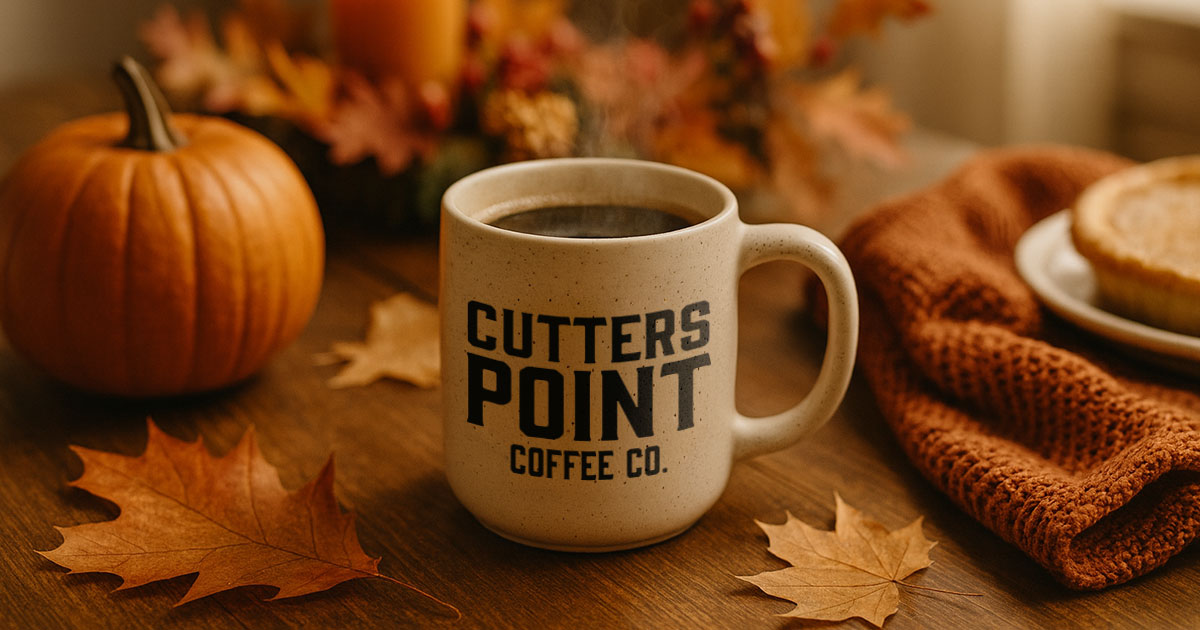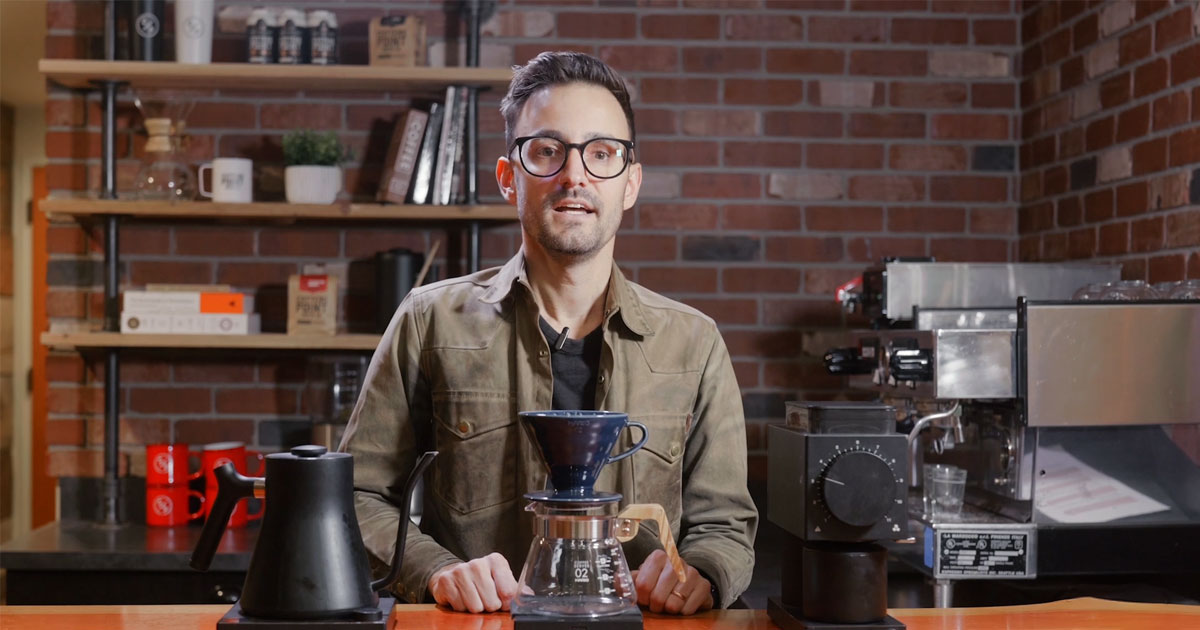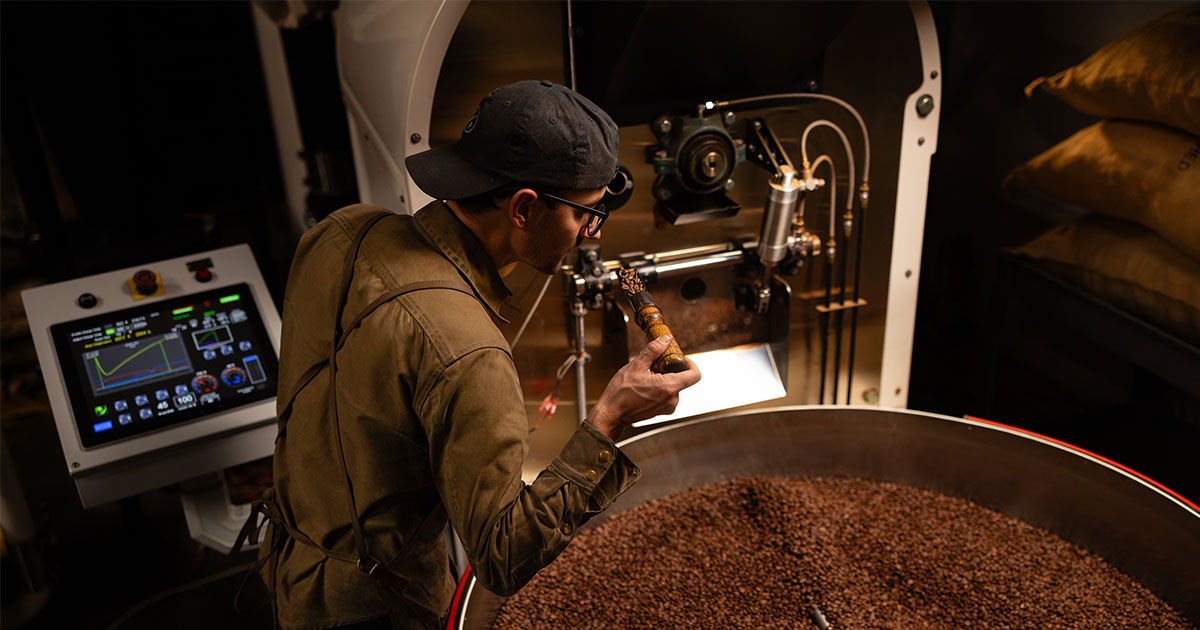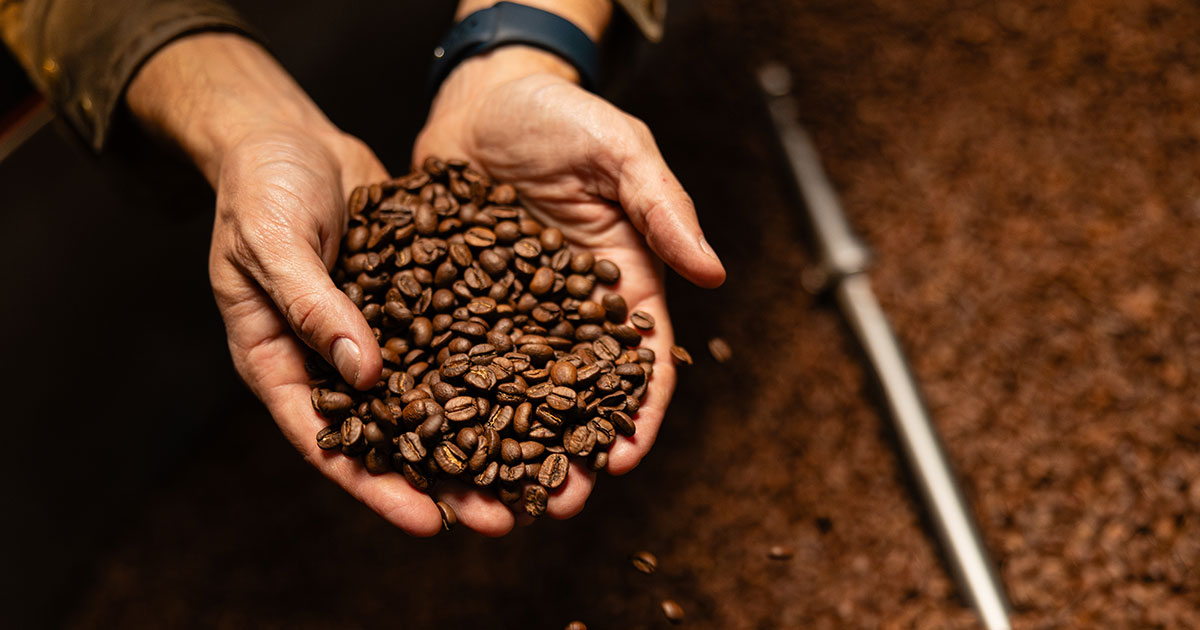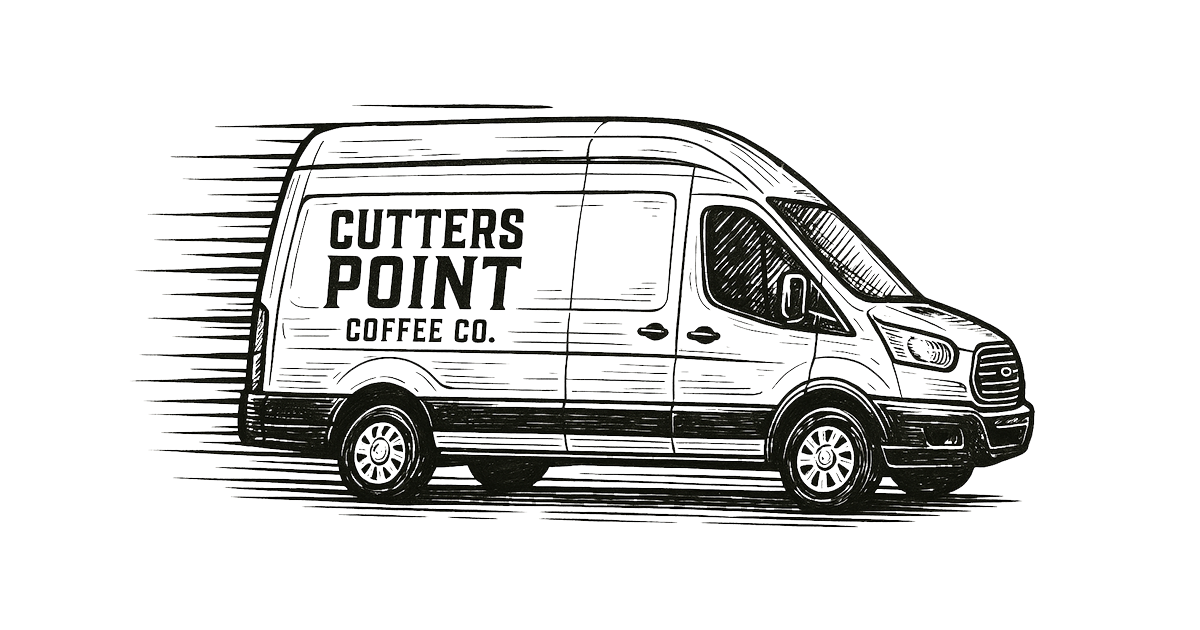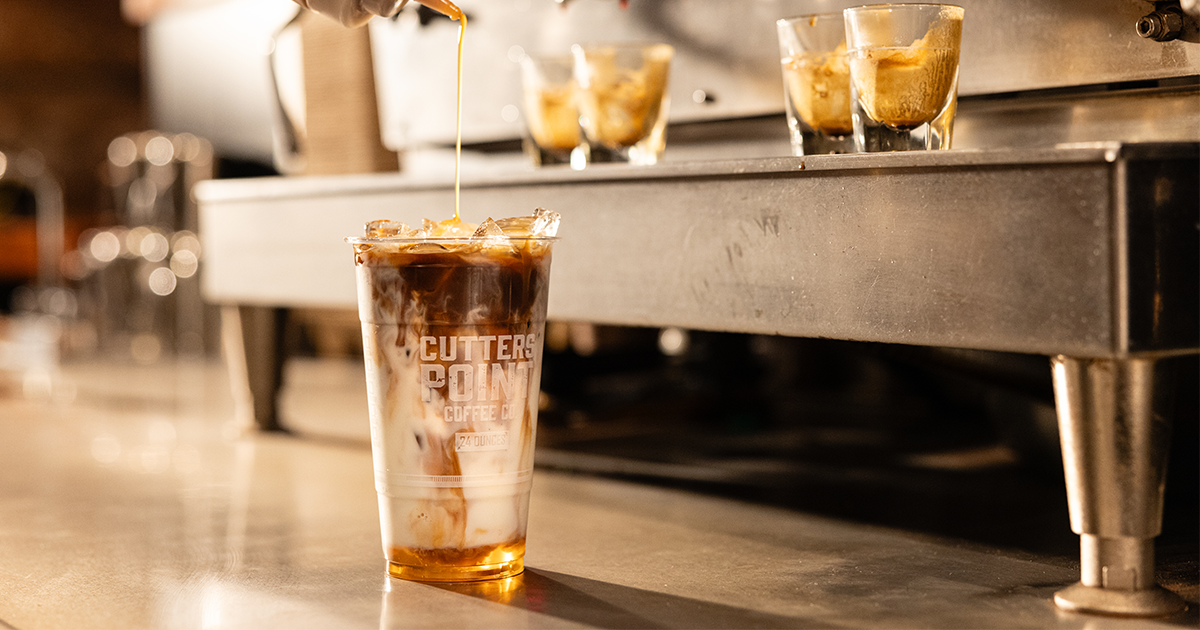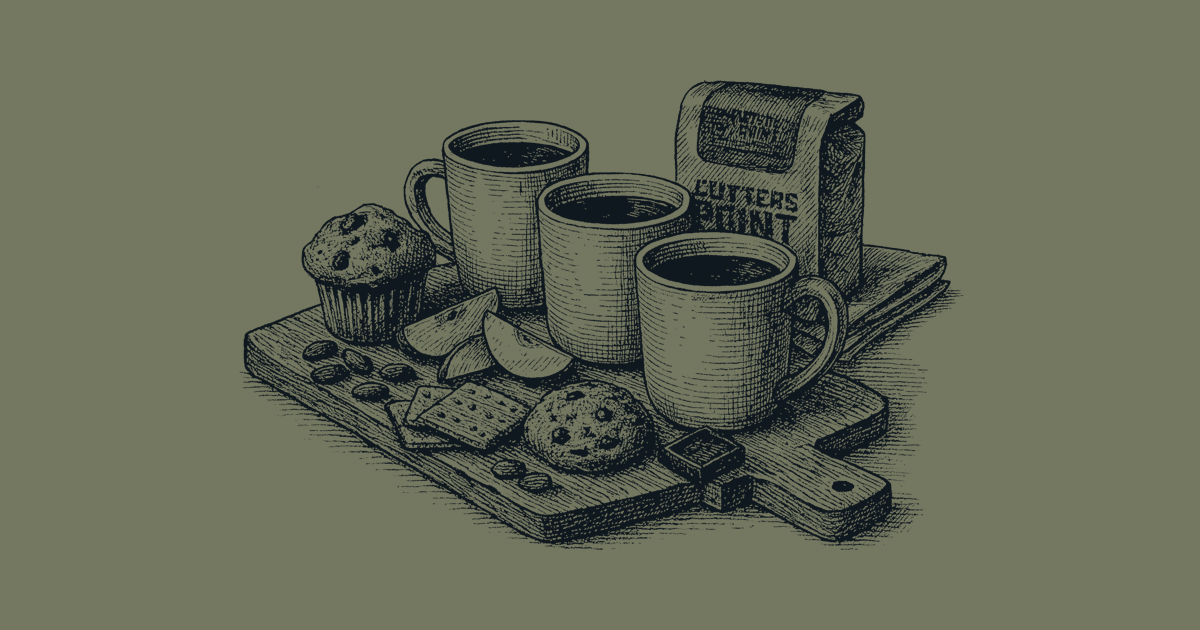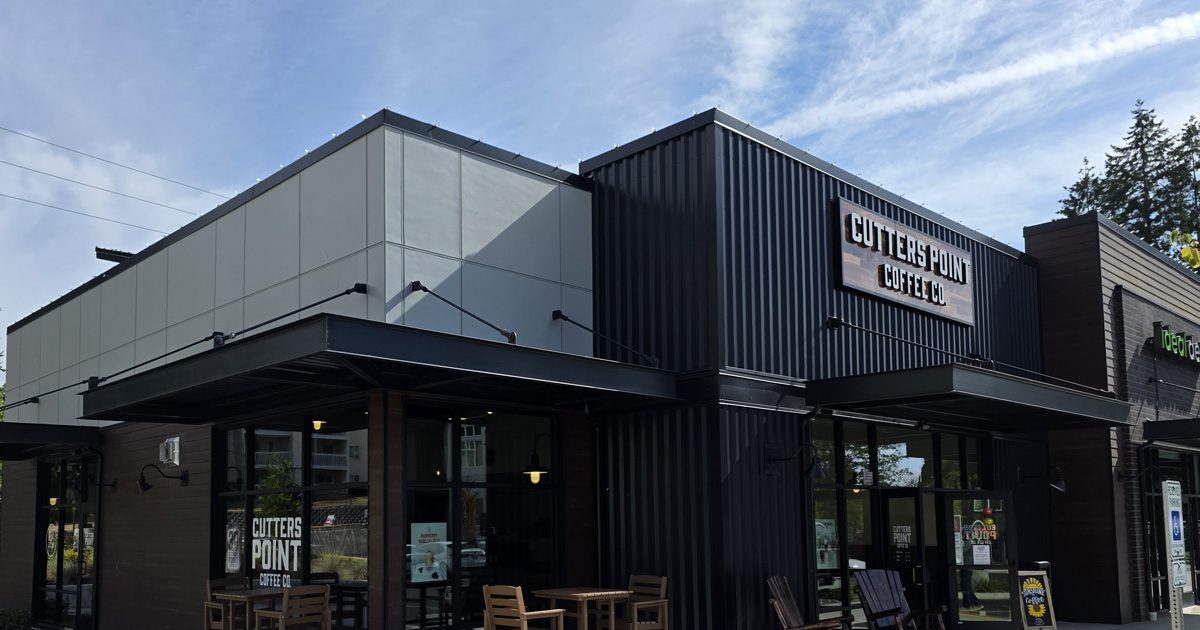Top 5 Coffee Mistakes You’re Probably Making—And How to Fix Them
5 Coffee Mistakes You’re Probably Making, and How to Fix Them

Tired of bitter, bland, or just ‘meh’ coffee at home?
Sometimes it’s not your beans, it’s your habits. Even great coffee can fall flat if you’re unknowingly sabotaging it during the brew process.
The good news? Most common coffee mistakes are easy to fix, and the payoff is immediate: smoother, brighter, better-tasting coffee in every cup.
Here are five mistakes we see all the time, and exactly how to fix them.
☕️ 1. Storing Your Beans the Wrong Way
You spent good money on that coffee, don't let it go stale before you even brew it.
One of the most common mistakes people make at home is storing coffee beans in a way that exposes them to oxygen, light, and moisture, all of which break down flavor and aroma fast.
At Cutters Point, we roast our beans fresh and pack them in resealable bags with one-way valves to keep them at peak quality. That’s your first line of defense. But once the bag is opened, how you store your coffee makes all the difference, especially if it takes you more than a week or two to go through a bag.
Our recommendation:
- Keep beans in their original resealable bag and press out extra air after each use
- Store that bag inside an airtight canister like the Fellow Atmos or a similar vacuum-sealed container
- Avoid leaving beans on the counter in clear jars or scooping them out with wet spoons
Coffee storage should be simple but intentional. If you want your last cup from the bag to taste as good as the first, protect it from air, heat, and light, your brew will thank you.
🔥 2. Using Water That’s Too Hot (or Too Cold)
Water temperature might be the silent culprit behind your bitter or flat-tasting coffee.
Most people assume boiling water is ideal, but pouring water straight off the boil can scorch your grounds. On the flip side, water that’s too cool won’t extract enough, leaving your cup sour, weak, or just “meh.”
The sweet spot for brewing coffee is between 195°F and 205°F.

How to hit the right temp:
- After boiling, wait 30–60 seconds before pouring
- Use a kettle with temperature control (set to 195°F-205°F)
- Light roasts do best near 205°F, darker roasts around 195°F
Want consistency in every cup?
👉 Explore our gooseneck kettle
⚙️ 3. Grinding Too Far Ahead of Time
Grinding your coffee too early? You’re letting the flavor escape before it hits your cup.
Once coffee is ground, it starts losing its aromatic compounds almost immediately. That means even the freshest beans can taste dull if they’re ground too far in advance.
At Cutters Point, we do offer ground coffee, and we bag it immediately after grinding to lock in as much freshness as possible. But if you really want to experience coffee at its peak, grinding just before you brew is the way to go.

Here’s why fresh grinding matters:
- You preserve delicate aromas and flavor notes
- You get more control over how your coffee extracts
- It’s the single easiest way to upgrade your home brew
Our recommendation:
- Switch to whole bean and grind right before brewing
- Use a burr grinder (not blade) for consistent particle size
- We love the Fellow Opus Conical Burr Grinder: compact, powerful, and built for precision
👉 Shop burr grinders and brewing essentials
🌀 4. Using the Wrong Grind Size for Your Brew Method
Grind size is one of the most overlooked, and most important, parts of brewing great coffee.
Too fine, and your coffee can turn out bitter and over-extracted. Too coarse, and it may taste sour or weak.

Brew Method Grind Guide:
- French Press or Cold Brew: Coarse (like sea salt)
- Pour Over or Drip: Medium (like sand)
- Espresso or Moka Pot: Fine (like table salt)
- AeroPress: Medium-fine is a good starting point
Tips for dialing it in:
- Use a burr grinder with clearly labeled settings
- If your coffee tastes bitter, try a coarser grind
- If it tastes sour or watery, try a finer grind
⚖️ 5. Ignoring Your Brew Ratio
Eyeballing your scoops? That’s a fast track to an inconsistent cup.
The coffee-to-water ratio (aka “brew ratio”) is the backbone of every good cup. A common standard is 1:16 or 1 gram of coffee to 16 grams of water. But most people are either overdoing or underdoing it.

Why it matters:
- Too much coffee = bitter and over-extracted
- Too little = sour or watery
- Just right = balance, body, and brightness
Recommended approach:
- Use a digital scale for accuracy
- Start with 1:16 and adjust to taste
- Keep a small log of your favorite recipes
Budget Scale : Cozy Blue Scale
Upgrade: Timemore
☕ Auto Drip Coffee Maker Brew Ratio Chart

*Approx. based on 1 tbsp = ~7.5g ground coffee. For accuracy, a scale is always recommended.
🎯 Want Better Coffee Tomorrow? Start Here.
Making great coffee at home doesn’t require a barista badge, just a few smart adjustments. From dialing in your grind size to brewing with the right water temperature, small changes can lead to a dramatically better cup.
Start with these small wins:
✅ Switch to whole bean and grind fresh
✅ Use a burr grinder for consistency
✅ Measure your coffee with intention
✅ Store beans properly
✅ Match grind to brew method
👉 Browse our Equipment to find everything you need to make coffee you’re proud of, every single morning.
keep reading
Get our latest brewing guide videos


and the stories behind the coffee
in your inbox


Get our latest brewing guide videos and the stories behind the coffee in your inbox



